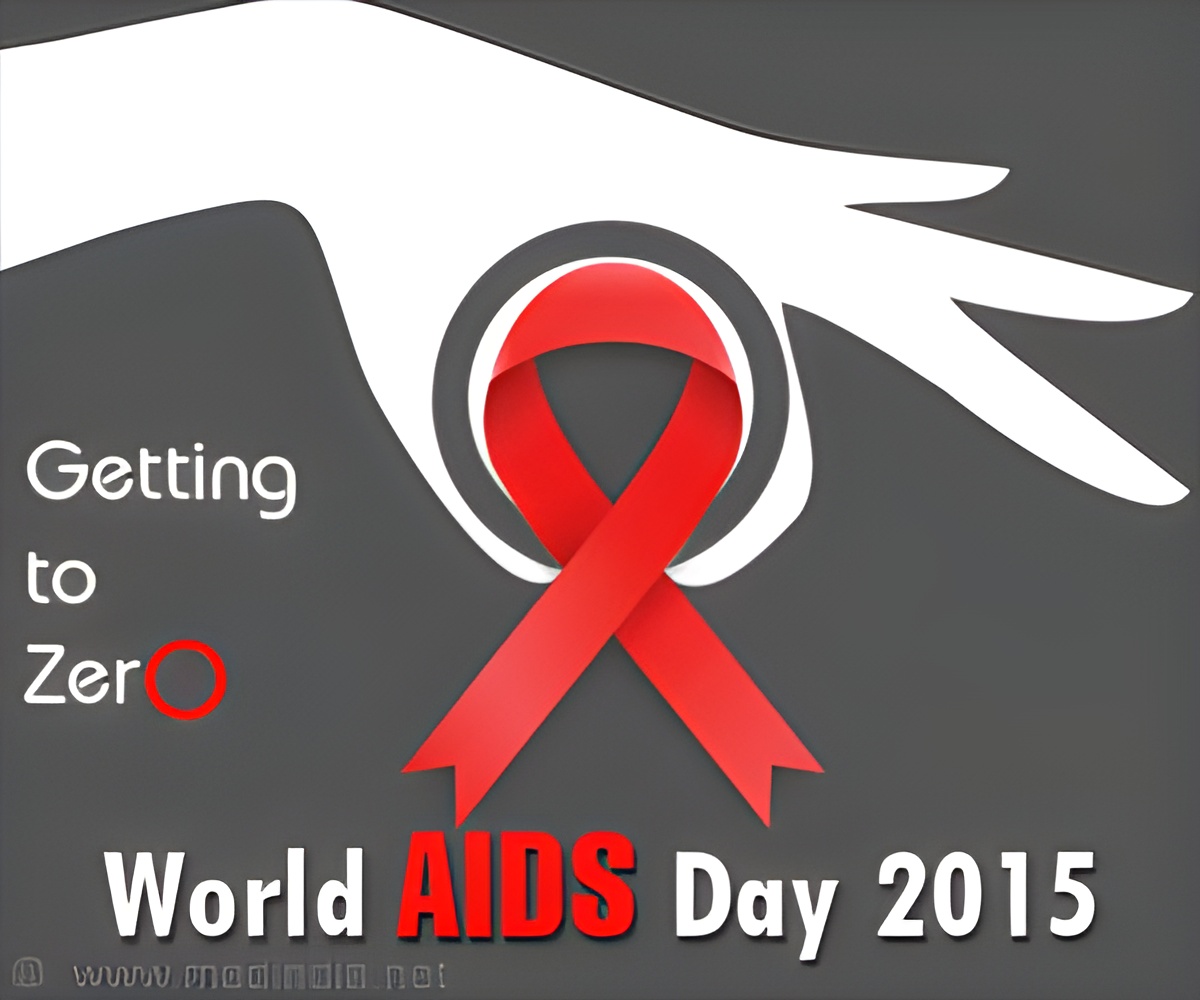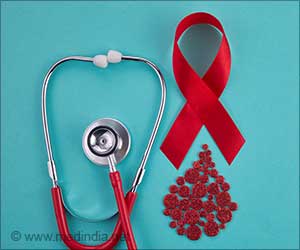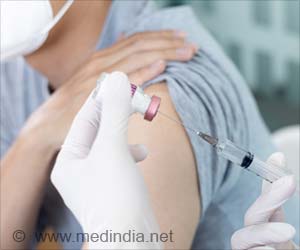As 1st December 2015 is observed as world AIDS day, learn more about the current advancements and progress in treatment and care of AIDS.

India
- 2.1 million people live with HIV
- 0.3% HIV prevalence among adults
- 130,000 new cases of HIV
- 130,000 AIDS-related death
- 36% adults on ART
- 103,700 people live with HIV
- 0.19% HIV prevalence among adults
- 6151 new cases of HIV
- 613 AIDS-related death
- 91% adults on ART
Celebrating The World AIDS Day: The world AIDS day is celebrated to highlight certain key factors which will aid in better control, prevention and treatment strategies. Specifying themes for World AIDS Day helps in,
- Focus on critical issues
- Bringing awareness to key issues
- Holding meetings and rallies to encourage open discussions
- Reaching out to people who may be in need of support
- Involving the general public in control
- Removing stigma associated with the disease to encourage greater acceptability and support from caregivers
- Breaking inhibitions about seeking preventive measures like condoms
- Allocating requisite funds into research for newer drugs
Initially, when HIV and AIDS were first detected there was little knowledge about the disease and there was no effective medical interventions that could limit symptoms, leading to extreme fear and isolation of the affected individual. Now, with greater medical advancements, there is better care and preventive strategies.
Detailed studies have found that the spread of AIDS is not limited to unprotected sex with multiple partners but could also be due to mother-child transmission, accidental contamination from bodily fluids like blood and breast milk, re-using syringes and via blood transfusions. A person will not be infected by kissing a person with HIV or shaking hands, deeming it unnecessary to stay away from people with AIDS or to avoid complete physical contact.
The Success of the Theme “Getting to Zero” thus far
“Getting to Zero” has rallied a lot of focus on bringing numbers down to zero and tolerance levels to zero. These are the statistics after active control and preventive strategies have been implemented.
- 15 million people are accessing life-saving HIV treatment
- New HIV infections reduced by 35% since 2010
- AIDS-related death reduced by 42% since 2004
- 19% decline in new HIV cases in India
- 38% decrease in AIDS-related death in India
- Sex workers: The total number of female sex workers in India is found to be 868,000, out of which 2.68 % are affected with HIV. The incidence of HIV among states like Tamilnadu, Maharashtra, Andhra Pradesh and Karnataka is higher at an average of 14%. The prevention strategies employed by the Government have enabled medical care to nearly 86% of them.
- Men who have sex with men: 4.4% of men who have sex with men have HIV in India but nearly 70% of them have access to care
- Transgenders or Hijras: 8.8% of transgenders in India are living with HIV and the numbers fail to decline due to stigma associated with being a transgender as well as the stigma associated with AIDS
- Truck Drivers: Truck drivers constitute 33% of the clientele of sex workers as they are far away from family for long periods.
Fast Track Approach to End AIDS Epidemic by 2030
This approach aims at -
- Forging new partnerships with organizations across the world in the fight against AIDS
- Involving local support and leadership which will help in continuous monitoring and accountability
- Identifying populations and communities that require maximum support
- Increasing funds for research into discovering better drugs
- Utilizing the research data to help the needy
- Ensuring that everyone has access to medical care
Lifespan: Current antiretroviral therapy (ART) ensures that the life span of a person infected with AIDS is not reduced in most instances. The HIV load is reduced considerably but susceptibility to other infections like TB still exist.
Pre-exposure prophylaxis (PrEP): When a person is unaffected, but the risk of exposure is high, then pre-exposure prophylaxis (PrEP) is a medicine that should be consumed every day. PrEP should be used along with other preventive strategies like the use of condoms. The risk of getting HIV is 92% lower for an individual who takes PrEP.
Post-exposure prophylaxis (PEP): When there has been a possible exposure like for a health worker or after unprotected sex, post-exposure prophylaxis HIV medicine should be consumed within 3 days after exposure to reduce chances of getting AIDS. The use of PEP reduced chances of HIV infection by 81%.
Mother to child transmission: In a study conducted in the UK, it has been found that the use of ART among pregnant mothers reduced the chances of transmitting the infection to their babies to 1%.
AIDS Prevention Measures
There is no AIDS vaccine or a cure for HIV. Therefore, prevention is the only way to stop its spread.
- Use condoms and involve in safe sex practices.
- Make sure you test for HIV at least once a year.
- Eliminate stigma associated with HIV- positive person
- HIV test for pregnant women is mandatory
- Use clean syringes and discard them immediately after use
- Ensure safe blood transfusions
- HIV risk patients can use the combination drug Truvada
- Be transparent with your sexual partners. Let them know if you have HIV.
- If you are HIV-positive, make sure you undergo antiretroviral treatment
- HIV positive mothers should not involve in breastfeeding to reduce the risk of transmission.
- Antiretroviral treatment must be given for the HIV-positive mother during and after pregnancy. The baby should also be given treatment.
- Sex education for youngsters is mandatory
- Spread awareness on AIDS in your community
- Educate young adults on safe sex practices and effects of sharing needles and harmful drugs.
- Organize AIDS awareness camps and teach people about the current HIV treatments available such as ART, PrEP and PEP.
1. https://aidsinfo.nih.gov/education-materials/fact-sheets/20/48/the-basics-of-hiv-prevention
2. http://www.un.org/en/events/aidsday/
3. http://www.gov.za/world-aids-day-1
4. http://www.ocasf.org/world-aids-day.html
5. http://www.unaids.org/en/resources/presscentre/featurestories/2011/november/20111101wadtheme
6. http://www.worldaidsday.org/
7. http://www.avert.org/professionals/hiv-around-world/asia-pacific/india
9. http://www.nejm.org/doi/full/10.1056/NEJM199711203372101
Source-Medindia















